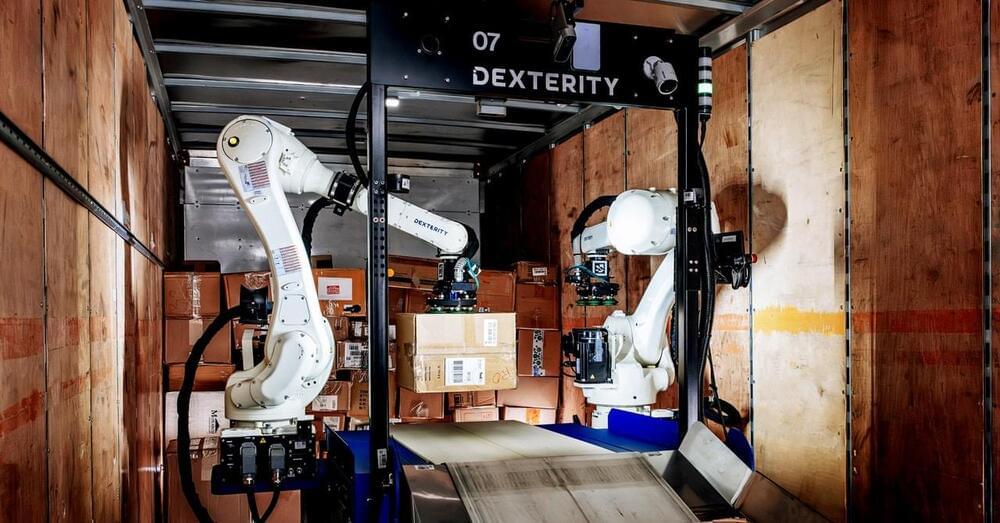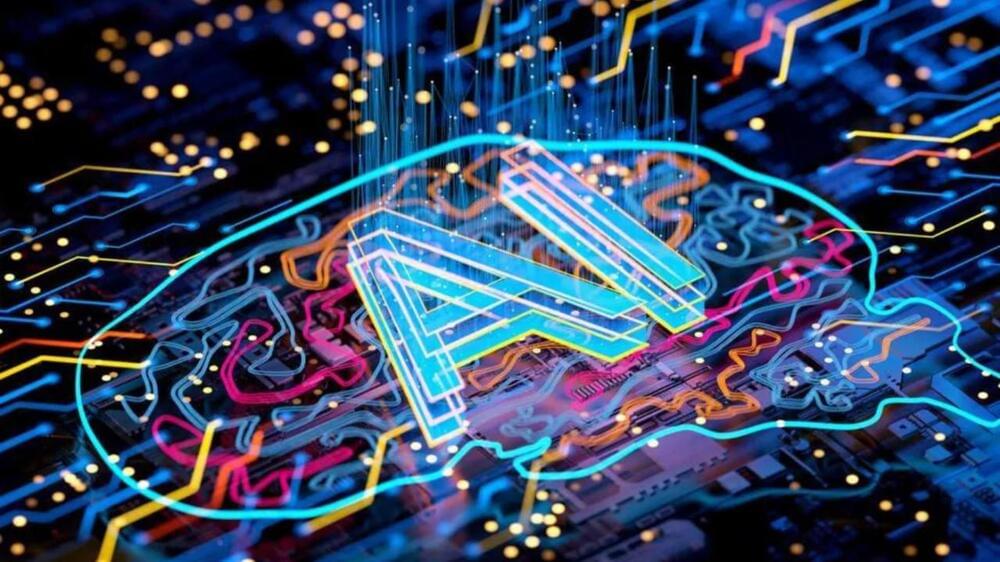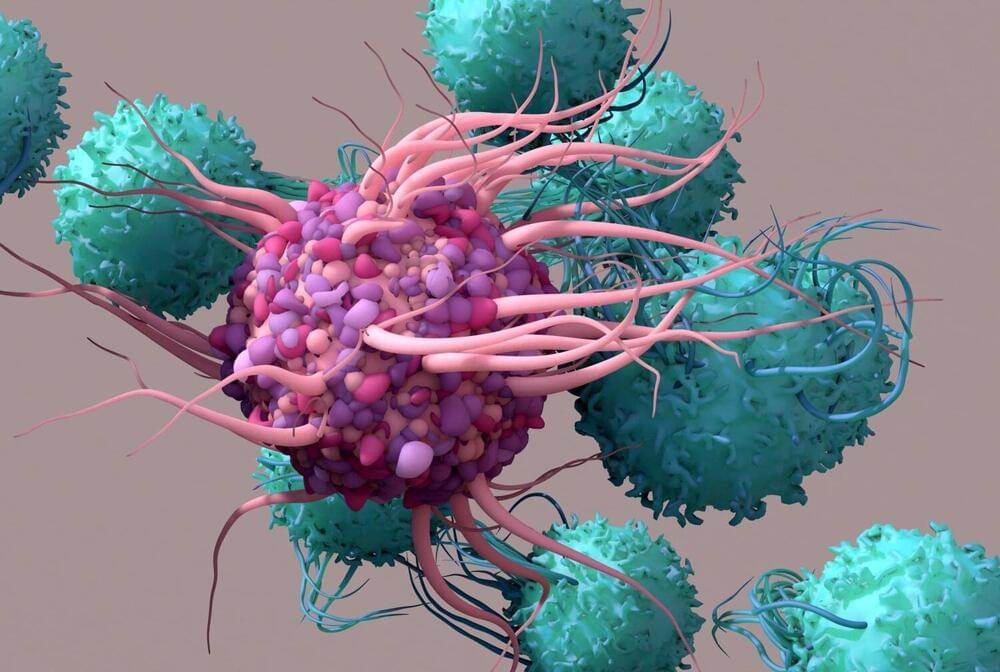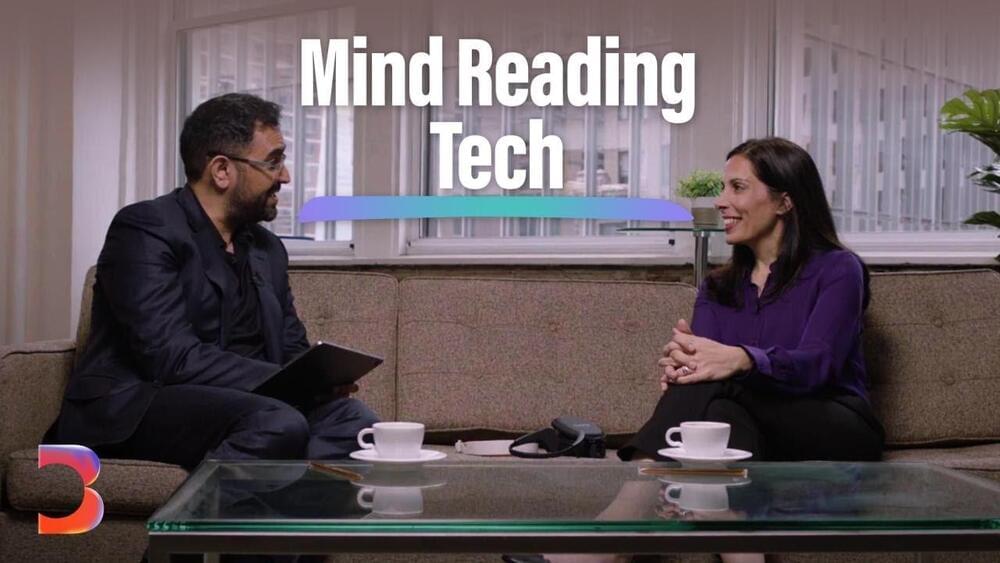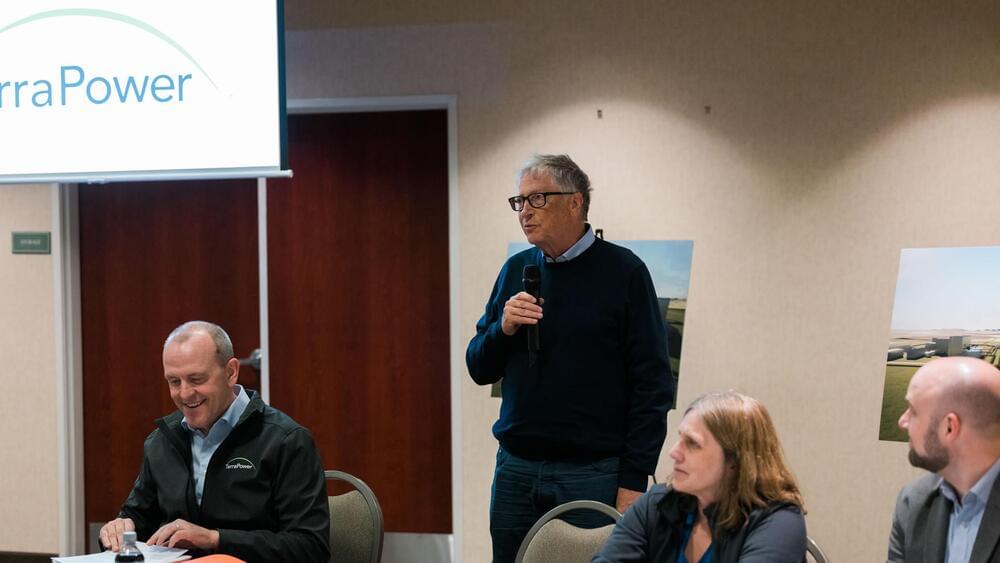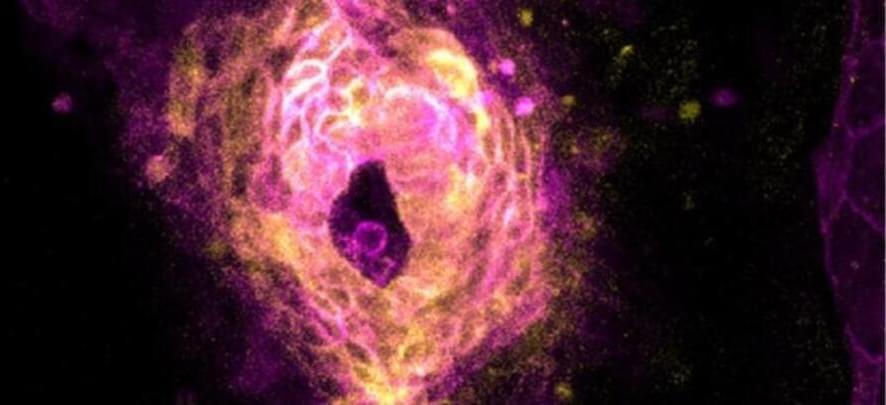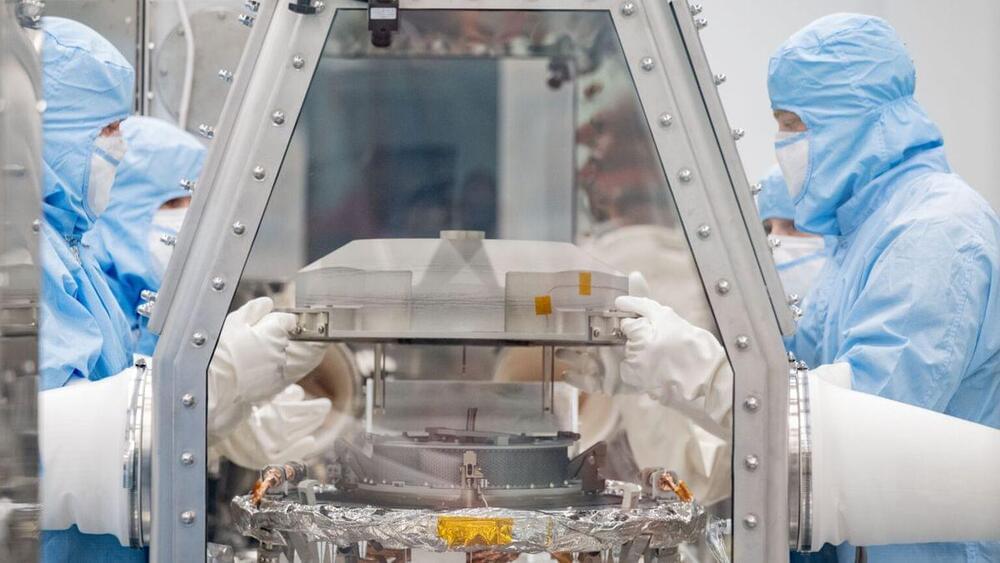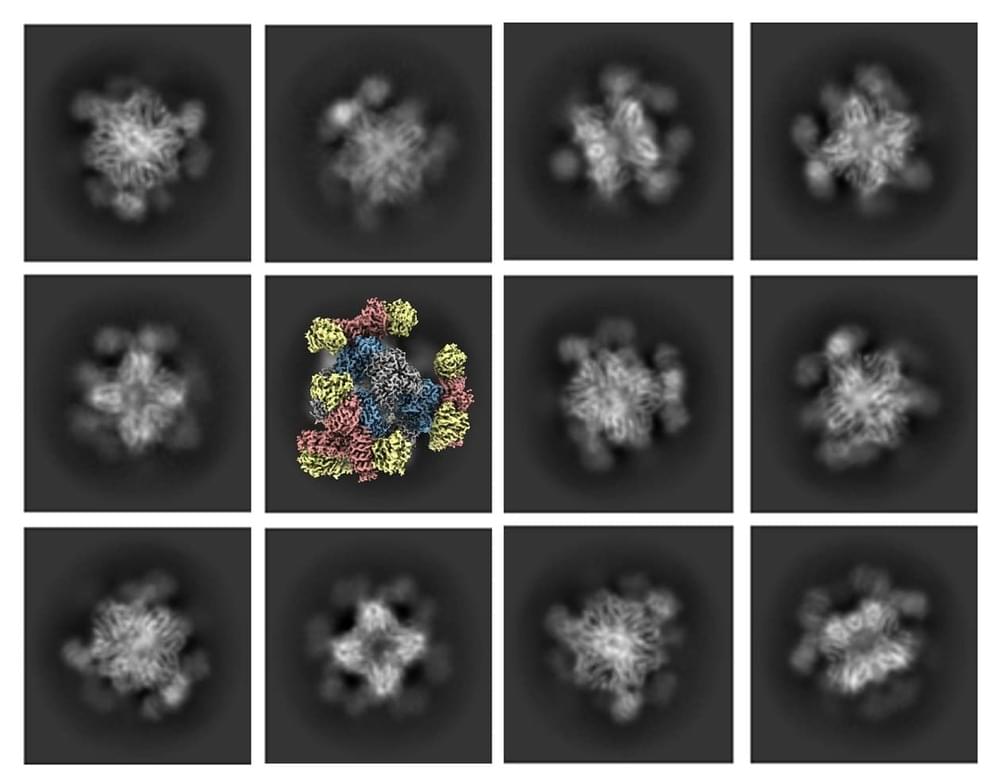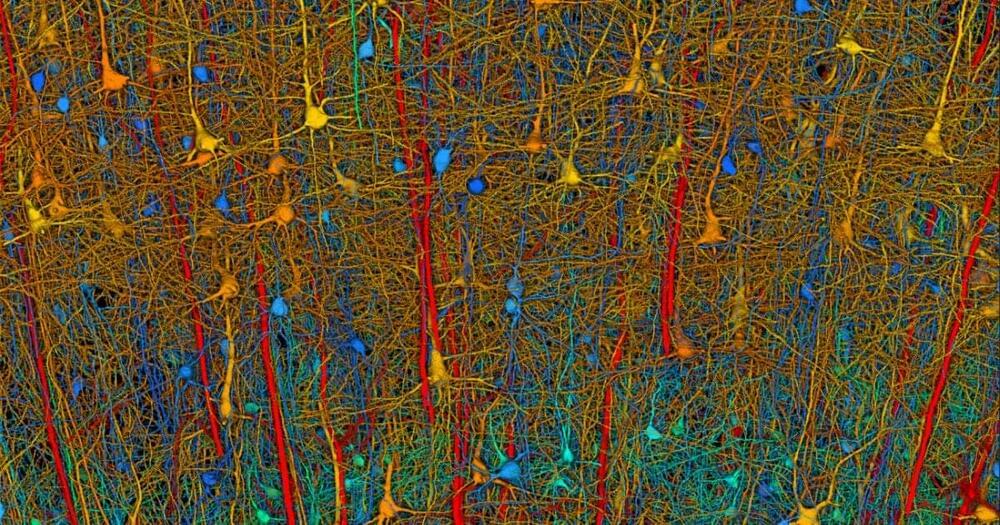
Would hope this means we dont Need to reverse engineer and are done w/ the brains of insects. From here, id like to see done in about following order, reverse engineer brains of: 1. Mice, 2. Lab Rats, 3. Crows (small brains, but supposedly smarter than chimps) 4. Octopi, 5. Pigs, 6. Chimps, and 7. and end on the human brain. Would hope we can do work on each in the build up to human brains, mainly tec it will require to reverse engineer all mentioned. Maybe it leads no where, or maybe we need it all to solve Agi. Also, aim for completion by 12/31/2029. Wanted to add, i believe should be an international effort: US, Canada, EU, Israel, Korea, Japan, etc… instead of just being a US project.
By Anne J. Manning Harvard Staff Writer.
Date September 26, 2023 September 27, 2023.
Continue reading “Human brain too big to map so they’re starting with mice” »
